Eastern White Pine Tree
- September 29, 2023
- 0 comment
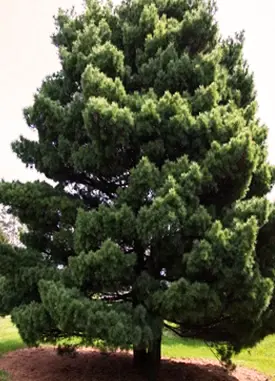
- Common Name: Eastern White Pine
- Botanical Name: Pinus strobus
- Family: Pinaceae
- Plant Type: Evergreen Conifer
Lumber
Eastern White Pine is prized for its exceptional quality lumber. Its straight, tall trunk yields fine-grain, lightweight wood that is sought after in construction, woodworking, and furniture making. The wood is easy to work with and takes finishes beautifully.

Mature Size and Growth Rate
Eastern White Pine is known for its impressive height, reaching up to 80-100 feet (24-30 meters) or more when fully mature. It exhibits a fast growth rate, particularly in its early years.
Soil Type
Eastern White Pine, renowned for its adaptability, demonstrates remarkable versatility when it comes to soil preferences. It displays the unique ability to flourish in various soil types, encompassing sandy soils, loamy compositions, and even soils with moderate clay content. However, the key to its success lies in ensuring that the chosen soil provides effective drainage. Whether planted in the loose, well-drained sands of coastal dunes or the richer loams of forested regions, Eastern White Pine has the resilience to thrive, making it a favored choice for a wide range of landscapes and soil conditions.
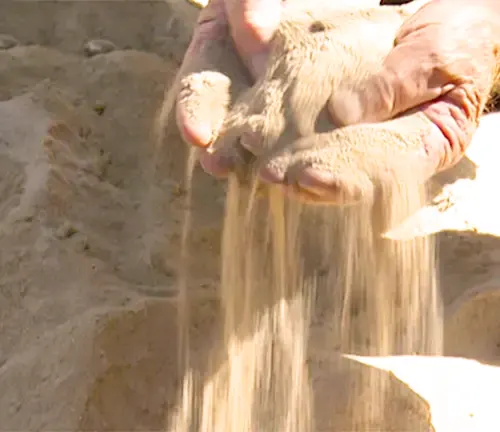

Soil Preferences
Eastern White Pine exhibits a preference for soil conditions that lean toward the slightly acidic to neutral range, creating an optimal environment for its growth. It thrives when the soil pH levels fall within the range of 5.5 to 7.0. In this pH range, the tree can efficiently absorb essential nutrients from the soil, promoting robust and healthy development.
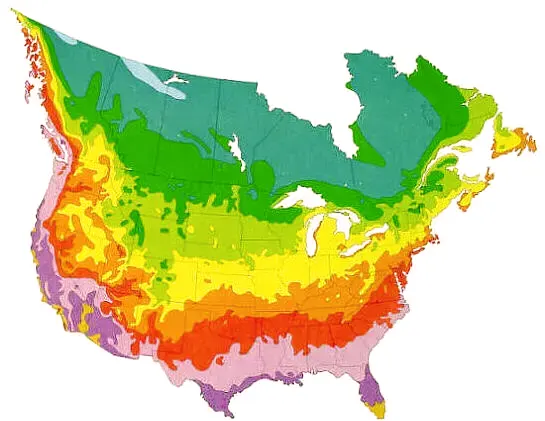
Hardiness Zone
Eastern White Pine is hardy in USDA Hardiness Zones 3 to 8, making it suitable for a wide range of climates across North America.
Sun Preference
It thrives in full sun but can tolerate partial shade, particularly when young.

Attributes and Characteristics
The Eastern White Pine (Pinus strobus) is a majestic coniferous tree native to eastern North America known for its distinct attributes and characteristics. It stands tall and straight, often reaching heights of 100 feet or more, with a slender trunk covered in soft, flexible, and slender blue-green needles grouped in bundles of five.
Wildlife Value
Eastern White Pine provides valuable habitat and food for wildlife. Its large cones contain seeds that are a food source for birds and small mammals.
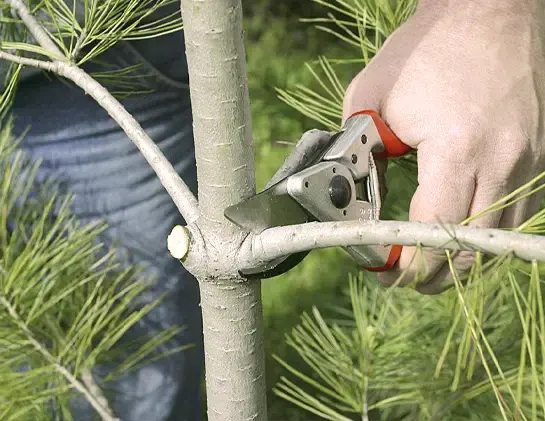
Care
Low-maintenance once established, this pine tree requires minimal care beyond occasional pruning for shape and health.
Benefits
- Eastern White Pine cones contain seeds that are a valuable food source for wildlife, including birds, squirrels, and small mammals.
- The cones and seeds provide shelter and sustenance for various wildlife species, contributing to biodiversity in forest ecosystems.
- The seeds within the cones can be collected and used for reforestation efforts, helping to restore forests and improve ecosystem health.
- Some Indigenous cultures have historically used parts of the Eastern White Pine, including the seeds, for medicinal purposes, such as teas and poultices.
Invasive
It is not considered invasive and is widely cultivated for its numerous benefits.
Lifespan
Eastern White Pine can live for several centuries under favorable conditions, with some specimens known to be over 400 years old.
Disadvantages
Eastern White Pine wood is relatively soft compared to hardwoods, which makes it more susceptible to dents, scratches, and other forms of damage. This softness can limit its use in applications that require high durability and resistance to wear and tear, such as flooring and heavy-use furniture.
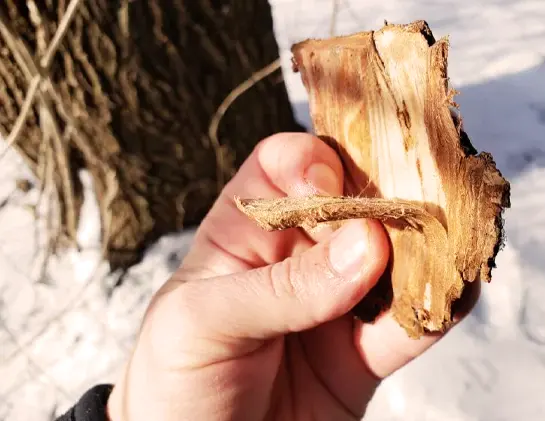
Edible or Not
The inner bark of young Eastern White Pine trees is edible and has been historically consumed by Indigenous peoples. It can be ground into flour or used as an emergency food source.
Habitat Requirements
Eastern White Pine thrives in a variety of habitats, from mixed forests to sandy coastal plains. It can adapt to different soil conditions and is often found near streams and rivers.
Name of Origin
The name “Pinus strobus” originates from Latin, with “pinus” referring to pine and “strobus” referring to the Eastern White Pine tree.

Varieties
Eastern White Pine has several recognized varieties, including the Eastern White Pine and Western White Pine, each with its unique characteristics and distribution.
Pruning
Pruning is typically minimal and focused on removing dead or diseased branches. It’s important not to over-prune, as this can affect the tree’s natural shape.
Propagating
Eastern White Pine can be propagated through seeds, which are found in its cones. Seeds should be sown in a well-prepared seedbed for successful propagation.
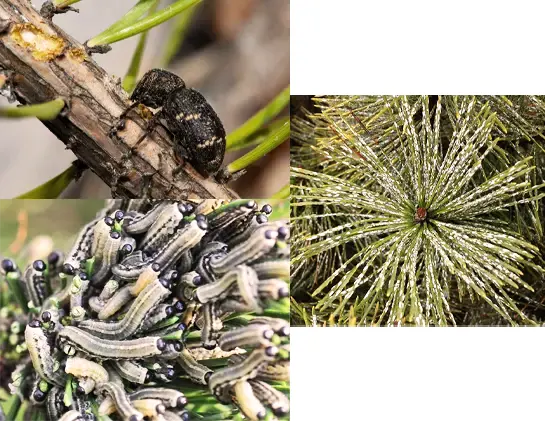
Common Pests & Diseases
Eastern White Pine can be susceptible to pests such as pine sawflies and diseases like white pine blister rust. Regular monitoring and prompt intervention are essential for its health.
We invite you to explore our range of Forestry Services and discover how we can cater to your needs. Don’t miss the opportunity to experience the quality and convenience we have to offer.
Fun Facts
- George Washington’s famous “Washington Elm” in Cambridge, Massachusetts, which he took command under during the American Revolution, was actually an Eastern White Pine.
- Eastern White Pine is the state tree of both Maine and Michigan.
- The largest Eastern White Pine ever recorded, named the “Sullivan Sycamore,” stood at a remarkable 207 feet (63 meters) tall.
FAQs
- Can Eastern White Pine be used for timber?
Yes, Eastern White Pine is highly valued for its quality lumber, known for its versatility and ease of working. - Is Eastern White Pine susceptible to pests and diseases?
Yes, like many pine species, it can be vulnerable to certain pests and diseases, but with proper care and management, these issues can be mitigated. - How long does Eastern White Pine live?
Eastern White Pine can have a long lifespan, often living for several centuries under favorable conditions. - Is Eastern White Pine a fast-growing tree?
Yes, Eastern White Pine is known for its relatively fast growth rate, particularly during its early years. This makes it an excellent choice for establishing windbreaks and providing quick shade. - What is the historical significance of Eastern White Pine?
Eastern White Pine played a pivotal role in American history. In the 17th and 18th centuries, it was highly valued for its tall, straight trunks, which were used in shipbuilding, including the famous “Masts of the Royal Navy.” The tall pines were marked with the “Broad Arrow” by the British Crown for use in the Royal Navy, leading to the Pine Tree Riot of 1772, a protest by American colonists against British control.
In conclusion, Eastern White Pine, with its towering presence, adaptability, and historical significance, stands as a symbol of both natural grace and human resilience. From its prized lumber to its ecological contributions and cultural importance, this remarkable tree continues to weave its story through generations. As we appreciate its beauty, benefits, and enduring legacy, may we also embrace the responsibility of preserving and nurturing these gentle giants of the forest, ensuring that Eastern White Pine remains a steadfast guardian of our natural world for centuries to come.


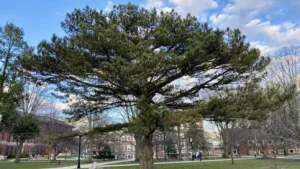
Leave your comment